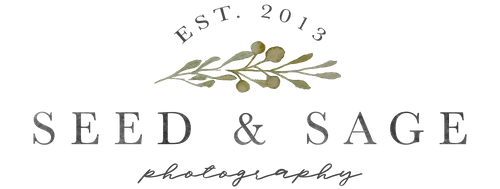Minimalism is a lifestyle movement that has gained popularity in recent years, and for good reason. It is a philosophy that encourages us to simplify our lives, declutter our surroundings, and focus on what truly matters. By embracing minimalism, we can reduce stress, increase happiness, and improve our overall well-being. In this blog post, we will explore what minimalism is, why it’s important, and how you can start your own minimalist journey.
I consider myself a minimalist at heart… however, I do enjoy my stuff. For a long time, these conflicting feelings would cause me to experience some anxiety. I was constantly cleaning out house, while struggling to get rid of ENOUGH and always finding more knickknacks to replace things with. I instead found balance. And with these tips, you can too!
What is Minimalism?
Minimalism is a way of living that focuses on having only the essentials and getting rid of everything else. It encourages us to simplify our lives, declutter our surroundings, and focus on what truly matters. Minimalists believe that less is more and that having fewer possessions leads to a more fulfilling life. The concept of minimalism is rooted in the idea that we should live with purpose and intention, and that material possessions should not be the center of our lives.
Why is Minimalism Important?
Minimalism is important because it helps us to simplify our lives and reduce stress. With fewer possessions and less clutter, we can focus on what truly matters, like our relationships, our health, and our personal growth. Minimalism also allows us to live with more intention, which can lead to greater happiness and fulfillment.
In addition, minimalism can have a positive impact on the environment. By owning fewer possessions, we are reducing our carbon footprint and helping to conserve resources. Minimalism is not just a way of living, but it is also a way of caring for the planet.
How to Start Your Minimalist Journey
Starting a minimalist journey can seem daunting, but it doesn’t have to be. Here are some simple steps you can take to get started:
- Declutter your surroundings: Begin by decluttering your living space. Get rid of items that you don’t need, use, or love. This can include clothes, books, electronics, and anything else that is cluttering up your space. Donate or sell items that are in good condition and consider recycling or throwing away items that can’t be reused. REALLY sit down and ask yourself things like, “When was the last time I used it?” etc. That always helps me.
- Assess your needs: Think about what you truly need in life and what you can do without. Consider what brings you happiness and what you can live without. By focusing on what’s important, you can create a more meaningful life.
- Simplify your routines: Minimalism isn’t just about getting rid of possessions, it’s also about simplifying your routines. Try to simplify your daily routines by streamlining your schedule and focusing on what’s important. This can help you to reduce stress and increase productivity. I even did things like unsubscribe from all those emails you get daily! Every little bit of decluttering counts.
- Practice gratitude: One of the keys to a successful minimalist journey is to focus on what you have, rather than what you don’t have. Practicing gratitude can help you to appreciate the simple things in life and reduce your focus on material possessions.
- Embrace simplicity: Embrace simplicity in all aspects of your life. This can include simplifying your wardrobe, your meal choices, and your leisure activities. By embracing simplicity, you can create a more meaningful and fulfilling life.
Conclusion
Minimalism is a lifestyle movement that encourages us to simplify our lives and focus on what truly matters. By embracing minimalism, we can reduce stress, increase happiness, and improve our overall well-being. If you’re ready to start your own minimalist journey, begin by decluttering your surroundings, assessing your needs, simplifying your routines, practicing gratitude, and getting back to the things you love.
